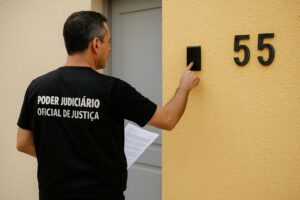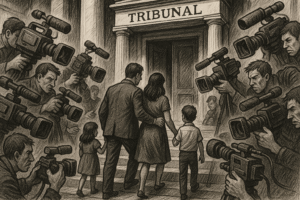When someone is served in a criminal case, the same uneasy question appears: “who can — and should — I call as a witness?” This guide mirrors the directions we give our clients. The idea is simple: a witness is anyone who perceived a fact through any sense (sight, hearing, smell, touch or taste). They don’t need to have seen the “main event”; it is enough that they perceived a relevant fact for the investigation — including indicia that, logically connected, help to prove another fact.
Eyewitness vs. indirect witness: value lies in facts, not labels
“Eyewitness” is not automatically “better witness.” What matters is fit to the point at issue: who saw/heard the meeting, who checked the procedure, who followed how the place worked — all of that helps. In corporate settings, for instance, the witness who explains the approval flow can be decisive even without being present at the specific act under investigation.
Strategy: which facts the defense wants proved (without shifting the burden)
The defense does not have to prove innocence — our technical line emphasizes narrative precision, the art of not overreaching. Still, there are ignored or doubted facts worth illuminating: how the company actually operated, who decided what, which controls existed. Map the fact themes and, for each theme, identify who perceived the fact.
Practical examples: corporate and environmental — whom to hear
Did the company follow the rules? Hear those who perceived governance facts: the person responsible for policies and training, internal audits, approval records, compliance and decision flows.
Environmental (vegetation cut): when the dispute is whether the area was not regenerating forest, hear the forestry engineer, responsible technician, the inspector who issued the notice, and neighbors who followed the handling. For context and legal footing, see vegetation cut was not regenerating forest.
Credibility: proximity doesn’t bar testimony — but it weighs
Relatives, close friends and subordinates may testify; the question is credibility in the judge’s eyes. If they are the onlyones who perceived a given fact, someone close is better than no one. Avoid purely “character” witnesses (just to say the defendant is “a good person”): generally, they add little. Focus on facts — what the defendant did (or never did). In domestic cases, close people are often essential to describe moods and routines.
Deadlines and logistics: 10 days to list — and be ready to bring them
The witness list is filed with the first defense brief, generally 10 days after service. Therefore, contact a criminal defense lawyer immediately upon service: in this window you define what to prove and whom to hear. On logistics and attendance, recent trials before the Supreme Federal Court (Brazil) concentrated hearings and required the parties to bring their witnesses on the day.
Interview ≠ coach: be serious about what the witness knows
It is lawful to interview the witness before the hearing to understand what they perceived and plan questions. Neverdictate what they “must say”: besides unethical, it is a crime. The defense’s role is to clarify facts, not fabricate them.
A good witness list → a good evidentiary hearing → better outcomes
A strong case is won in evidence: a strategic witness list, focused on observable and credible facts, tends to produce a smoother hearing and better results. Procedural tactics help; but, in the end, what weighs are the facts told by those who perceived them — selected with care from the start.



